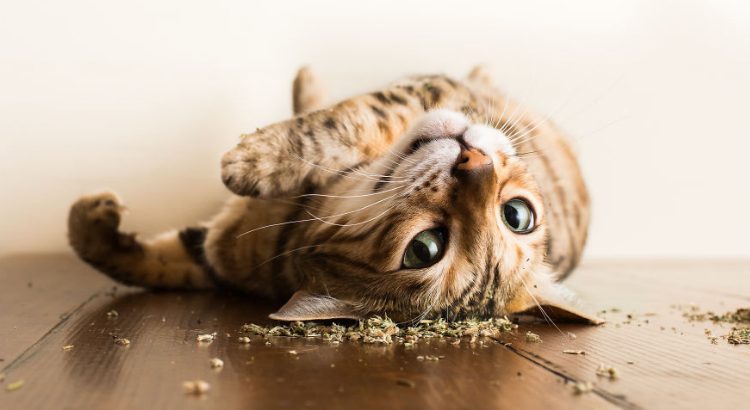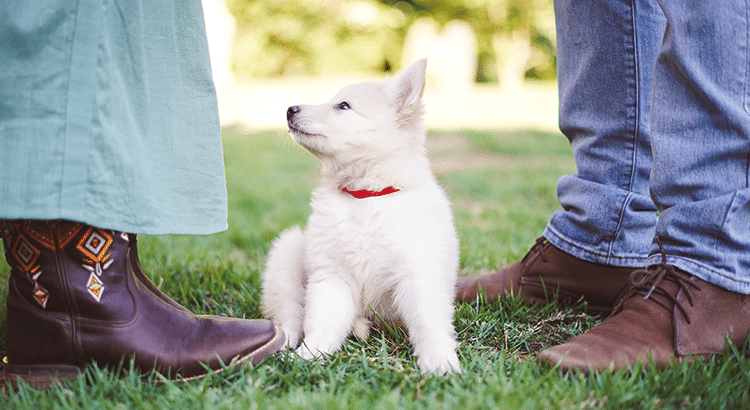
Catnip is well-known, but not everyone knows what kind of plant it is or how the science behind it influences a cat’s mood and behavior. This blog will explain how this plant works, why cats go crazy for it, and whether there is such a thing as too much catnip for a cat.
Catmint, cutworm, field balm- whatever you want to call it, it’s enjoyed by cats of all sizes including tigers, panthers, and your common domestic tabby.
What is Catnip?
Catnip is a feather-like, light-green foliage with lavender flowers. As a member of the mint family, it is a plant that’s easy to grow in North America. The plant has glands at the base of its leaves that are packed with an oil called nepetalactone. This oil is released when the cat nibbles or rubs the leaves. The plant can be found in gardens or grows wild in regions that receive plenty of sunlight and moisture.
What Does It Do To Cats?
Volatile oils present in the stems and leaves of catnip herbs are attractive to our four-legged friends. When cats are subjected to catnip, they act like a female cat in heat, with erratic movements and unusual howls. The active element in the oil, nepetalactone, is responsible for an out-of-fur sensation. It attaches to receptors in the cat’s nose and sends sensory neurons into hyperactivity.
Benefits of Catnip
Dangers of Catnip
Catnip is generally harmless for cat, however it should be avoided in certain situations. If catnip related products and toys are misused they can be hazardous to your feline’s health. Too much of the plant can cause health problems, such as vomiting, diarrhea, dizziness, or having trouble walking according to PetMD.
Why Do Cats Love Catnip?
The oils gives cats a sense of euphoria, and the effect has been compared to a human ingesting a hallucinogen. They have developed a taste for it because it also protects them from mosquitoes, flies, cockroaches, termites and other parasites. Cats respond to the oils with intense happiness, and a floaty feeling of complete relaxation and content.
How Do Cats Behave?
Cats will often claw at, rub, roll on, lick and even chew catnip when they smell it. Cats that are highly sensitive may become hyperactive, meow, growl, purr, drool, and go crazy for several minutes. The effect wear off after a few minutes, and the cats will ignore it. The cats may be exposed to catnip again after about two hours and have the same reaction.
At Pin Paws, we offer member only discounts on pet-centric products and services, including catnip. Join our Pin Paws Plus or Pin Paws Pet Care program to start saving today!




